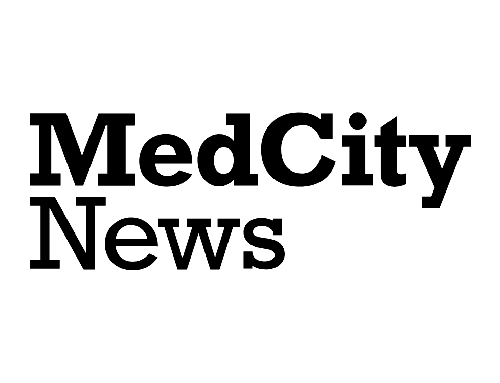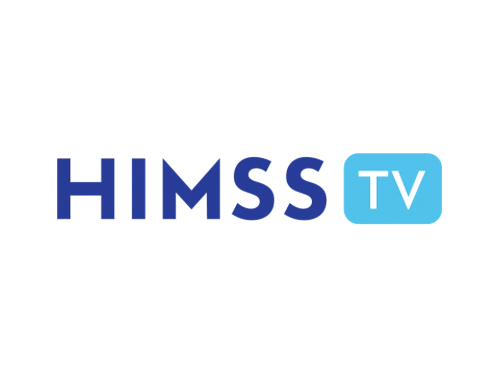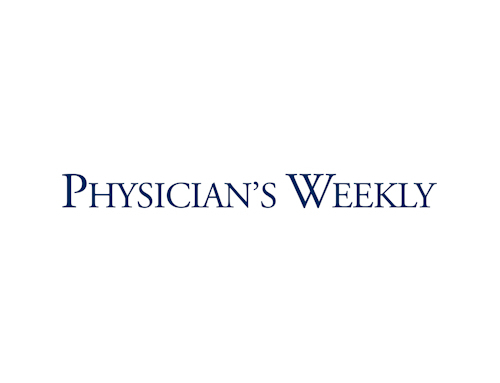 BY DAVID L. MORRIS FEBRUARY 24, 2023
BY DAVID L. MORRIS FEBRUARY 24, 2023

Providers, payers, self-funded employers, and their brokers and consultants are facing headwinds as they move into 2023 to unify data. Meeting the demands of alternative payment models, measuring and reporting on quality and costs to their respective constituents, and engaging patients toward improving overall health and wellness are all shifts accelerated by COVID and have required participants in the healthcare ecosystem to recalibrate. It is a volatile time as state and federal funding is dramatically tapering off, and macro-economic trends (such as supply chain issues, staffing challenges, and inflation) continue to create uncertainty, risk of operation, and difficulty in forecasting and planning.
While the challenges are mounting, advanced data management and technology can support complex transformations, enabling a series of pivots that direct the healthcare continuum toward value-based care. With its focus on early interventions and patient outcomes, value-based care is an increasing necessity as costs mount and the need to measure the effectiveness of treatment protocols increases. However, three trends in 2023 will have an impact on value-based care models.
1. Shifts in Location of Care
Patients are not having in-hospital surgeries at pre-pandemic levels; the result is decreasing revenue for inpatient procedures in traditional payment models. Persistent payer, physician, and patient pressures have been driving down inpatient volumes for decades. New policies, advancements in healthcare delivery, and competition are accelerating the migration of care delivery to ambulatory settings, into homes, and onto digital platforms.
According to McKinsey & Company, the COVID-19 pandemic accelerated the trend to move routine surgeries and related treatment from high-cost acute and post-acute sites to lower-cost freestanding and non-acute sites. Notably, demand for home-based services and virtual care has also seen increases. McKinsey & Company estimates hospitals’ share of overall provider revenue could decline from about 47% in 2019 to about 44% by 2025, while the share of home and ambulatory sites will increase by one to two percentage points each over the same period.
This shift could increase overall margins for providers and payers if the cost of care can be contained. For example, reimbursement for surgeries performed at ambulatory surgery centers is 25% to 50% lower than at hospitals.
Several key approaches can assist in this transition. First, enterprise data management technology can aid in the transition by producing clinical and financial insights that uncover historical utilization trends across the location-of-care spectrum. Second, payers, providers, and employers can benefit by leveraging prospective bundled payment arrangements, which align and incentivizes a focus on quality and cost-effective care in lower-cost places of services, thereby establishing a predictable and sustainable program to address the shift in the market. Third, population health management tools can align care teams around the proscribed care pathways and workflows that ensure longitudinal care to optimize compliance with treatment protocols, adherence to prescription drug treatment, and optimize utilization of services.
And when services are required, the cost, quality, and benchmarking data can direct patients to cost-effective ambulatory surgery centers.
2. It’s in the Data
Clinical, financial, and social determinants of health data as well as pharmaceutical adherence, compliance, and effectiveness data are critical to care delivery at the individual and population levels. Without a comprehensive and integrated dataset, with insights available to all constituents, it’s next to impossible to deploy advanced value-based care models. Yet, for many providers, payers, and self-funded employers the data needed to deliver and manage high-quality, holistic care services to patients is still siloed.
One of the culprits is the prevailing lack of interoperability across networks. Very few major U.S. cities have reached even 60% of the four key domains of interoperability (find, send, receive, and integrate electronic health information with sources outside their health system). Without access to patient data from across the ecosystem, services might be duplicated—and gaps in care may go unaddressed.
A significant opportunity is available with a more complete picture of patient and population data. Artificial intelligence (AI) models, for example, can predict adherence within a population, enabling providers to take preemptive action and support vulnerable patients. For example, new platforms leveraging AI analytics can predict the need and likelihood of a patient getting their flu vaccine. With advanced data, providers can move more quickly to identify risks within their populations and pre-empt many health risks, including viruses, chronic diseases, and avoidable health conditions, before outcomes deteriorate.
With increasing Payer-Pharma Risk-Sharing Agreements, real-world evidence of the effectiveness of pharmaceutical interventions, in combination with other protocols, is needed to support market value-based care efforts. Bringing the data together for alignment with outcomes on more expensive treatments will be a priority. This drive for greater transparency in outcome correlations will continue to up the need for collaboration between participants in the healthcare ecosystem and, ultimately, the value of accessible data for all participants.
Thus, the journey toward value-based care must start with a transformational plan to integrate shared technology and data. Providers will need data collection and plans that consider subsequent downstream use of data for multiple purposes, such as reporting outcomes, benchmarks, evaluation of protocol effectiveness, and alternative payment model contracting and modeling. To solve the complex challenges and manage resources, data must provide information for all involved in the value-based care continuum at a new scale.
3. Healthcare Organizations Face Financial Headwinds
With a challenging outlook for many providers and their capital sources alike, the uptick in healthcare bankruptcies—which trended at 25% higher in 2022—may accelerate through 2023. Pandemic-related temporary measures such as federal government programs, state-based funding sources, and other financial safety nets are increasingly stressed and often recede. At the same time, expenses are at historic highs, and providers continue to face staffing and volume challenges. Macroeconomic conditions such as inflation and rising interest rates, labor shortages, supply chain and sourcing challenges, and limited ability to drive pass-through cost increases will result in financial challenges for healthcare providers into 2023. It will become necessary for providers to assess profitability and cash flow early to avoid further financial distress.
To manage through constraints, providers can position against these headwinds by strategically investing in advanced analytics to enable them to negotiate contracts aligned with their compensation with the quality of care and outcomes. Organizations will assess value-based care reimbursement that corresponds with their population’s risk and utilization profiles, financial performance metrics based on thresholds for revenue, and cost metrics to prepare for negotiation based on historical performance data.
Providers that lean into value-based contracting arrangements such as capitation, where payments are fixed in advance at the population and individual patient levels, will benefit from stable revenue streams and predictable cash flows amid the coming financial turbulence. At the very least, capitation arrangements typically require less money and time spent on billing and accounting overhead and enable better control over healthcare costs.
The healthcare ecosystem will be experiencing pain on a number of levels in 2023. Still, the underlying theme is that the more providers, payers, and pharma adapt through technology, the more they can generate efficiencies and create greater levels of financial stability. Value-based care frameworks are a meaningful solution to the new year’s array of challenging dynamics; if nested in advanced data analytics and AI, many of the harshest realities of 2023 can be mitigated.
See more at: https://www.pm360online.com/3-trends-impacting-value-based-care-models-in-2023/





